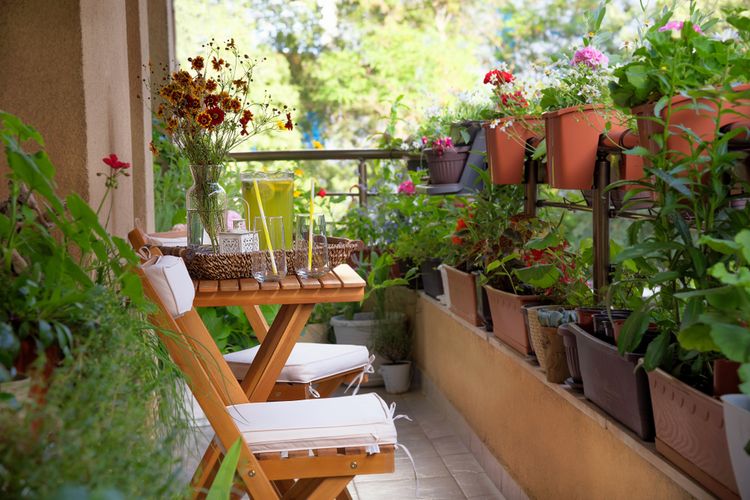1. WHEN TO START Let's
start from an assumption: there isn't a right age to start at: “Or
rather, in my experience, I've seen that even very young children, aged 2
and up, can begin to make do with the earth. They will then be asked to tell what they have done in the garden, while older chi
ldren can be asked to keep a real diary”.2
2. HOW TO DO
“For children it is better to prepare a chest or a vase, slightly raised, so that it is within their reach and that they can play with it without too much effort. It's good to think of something that doesn't have sharp edges, to avoid accidents, and that is at the right height".
3. SOME CAUTIONS
Depending on the age, then, you need to have a little more care: “If the child is small it is good to avoid leaving around materials that can be ingested, such as expanded clay, which is used to drain the soil. These are small round balls, which children under the age of 3 tend to ingest".
4. NO TO FERTILIZERS
And then the fertilizers, liquid or solid: “They should be kept aside or indoors and used when the children are not around. Even if, personally, I advise not to use them and to prefer compost or nothing at all, fruits and vegetables still grow well on the balcony".
5. THE PROJECT
If the children are a little older, you can involve them right from the planning stage. “Ask them to design the garden, as they would like it to be. Then give them a series of drawings that represent the products you are going to grow and have them stick them with glue on the garden project depending on where they want to go to plant them. Finally, give them a diary and have the children write in the list of activities they will have to do every day and periodically check together how they are doing them ”.
6. THE CALENDAR OF ACTIVITIES
Another useful tool is the calendar of activities: “Take the envelopes of the seeds that you will use in the garden: on the back it says when they should be planted in the ground. Have the children paste the sachets on a calendar on the days corresponding to sowing. Then have them mark the days in which they will have to harvest the fruits and the shifts in which they will have to water the seedlings. Finally, hang up the calendar so they can see it every day. It will be a useful tool to keep the little ones from forgetting what they have to do to keep the garden going”.
7. WHAT TO GROW
“First of all, I recommend radishes and salads, because they grow very quickly and are very satisfying. They don't need any special care and even if they don't get checked for a while, there's no problem."
8. COSTS AND SPINACH
“Then you can try the ribs and spinach, which have the double advantage of being easy to grow, but also rich in nutritional properties. One of the positive effects of making children grow fruit and vegetables is to make them less picky when they are at the table: if they have grown their own spinach and ribs, they will be more likely to eat them instead of wrinkling their noses when they see them on the table ".
9. FRUIT
“For older children, we can also think of some fruit trees. In fact, there are dwarf ones, which grow well even in pots. Like the cherry tree, or the white table vine, but also the apple and pear trees. But the cherry tree is the one that gives the most satisfaction, because it is the first to blossom and is therefore also an important indicator of the passing of time. You can also focus on strawberries, the seedlings of which are sold directly: these too are easy to grow and give great satisfaction".
10. NOT ONLY FRUIT AND VEGETABLES
“I also recommend letting the little ones grow edible flowers, such as nasturtium. You can put them in the salad: again, it will be a fun way to convince the little ones to eat vegetables without effort ".



